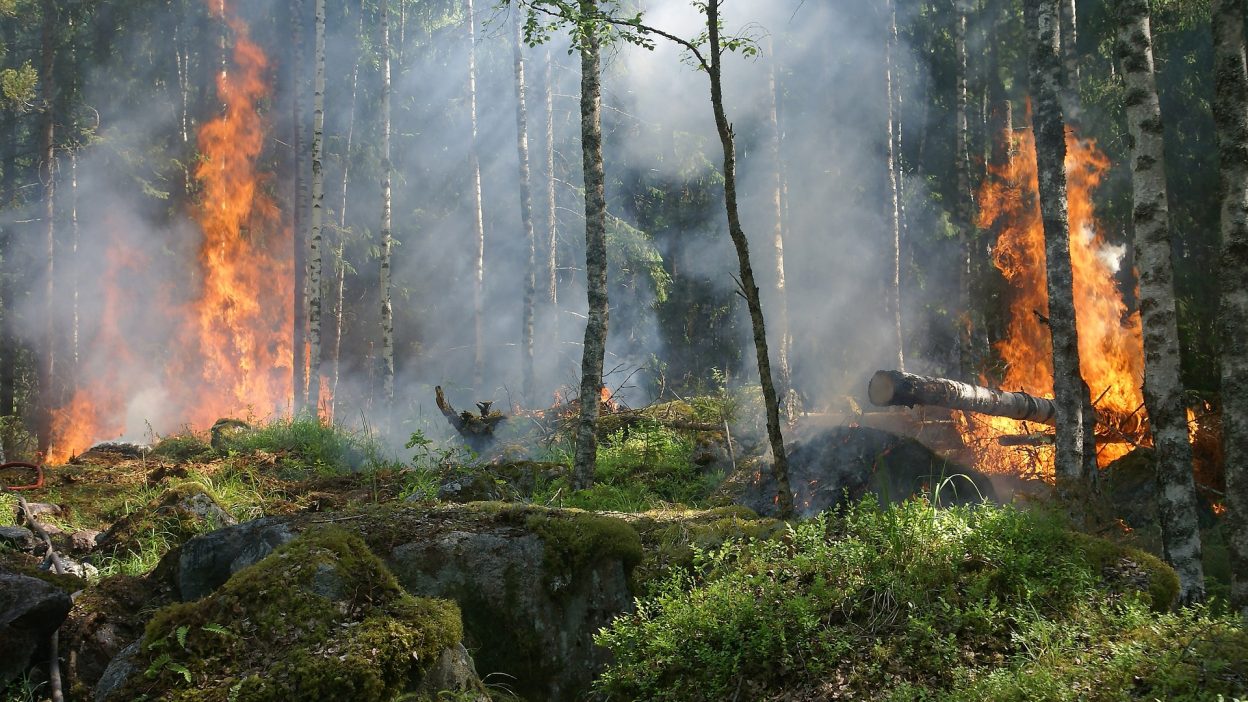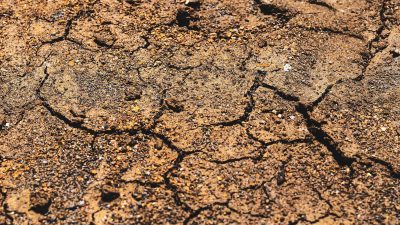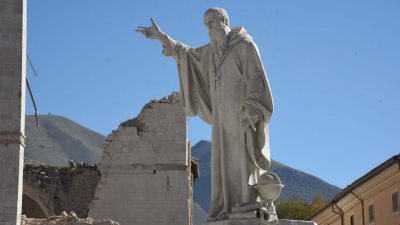1. The Firestorm That Consumed Miramichi: How the 1825 Fire Unfolded
The 1825 Miramichi Fire stands as one of the most destructive and heart-wrenching events in Canada’s history. The fire, which consumed large portions of the Miramichi region, was not merely a random natural disaster, but rather a consequence of various contributing factors that ultimately allowed it to spiral out of control. Its destruction was largely driven by the lack of preventative measures and the failure to act swiftly when the fire began to spread.
A key factor behind the outbreak was the widespread deforestation due to logging. In the early 19th century, timber was a critical resource, and many areas were heavily logged. This made the environment prone to fire, especially in dry years. The summer leading up to the fire had been unseasonably dry, and this combination of dry conditions and abundant flammable material made it almost inevitable that a wildfire would occur.
What compounded the situation was the lack of fire prevention regulations. Back then, there were no stringent measures in place to prevent or manage wildfires. Once the fire started, it quickly grew out of control, aided by strong winds and dry vegetation. The fire became so intense that even efforts to extinguish it were futile. The speed and ferocity of the blaze left many people with little to no time to escape, and the toll of its destruction was far greater than anyone could have anticipated.
2. Could the Devastation Have Been Averted? Ignored Warnings and Missed Opportunities
In retrospect, it is evident that the 1825 Miramichi Fire was a disaster that could have been mitigated had there been greater attention to certain warning signs. The area had been experiencing a period of significant drought in the months leading up to the fire, which should have been a clear indicator that the risk of a wildfire was high. Despite this, little to no action was taken to address the growing threat.
Several factors contributed to the fire’s intensity, and many of these were foreseeable. First, the widespread deforestation from logging activities had left vast amounts of dry timber and brush that acted as perfect fuel for the fire. Secondly, there was no comprehensive emergency preparedness plan, nor was there a fire brigade in place that could have quickly acted to control the fire when it first broke out. Had local authorities recognised the severity of the situation and taken preventative steps, it is possible that the fire could have been contained early on.
Unfortunately, the response to the fire once it began was far too slow. Emergency services were ill-equipped to handle such a large-scale disaster, and the available firefighting resources were inadequate. The fire spread with such ferocity that by the time help arrived, it was too late to save most of the affected areas.
3. The Human Cost: The Harrowing Toll of Deaths, Injuries, and Displacement
- Fatalities: The 1825 Miramichi Fire resulted in the deaths of around 160 individuals, though the exact number is difficult to ascertain. Historical records suggest that the true death toll could have been higher, given the chaos surrounding the fire’s aftermath. The victims were mostly those who were unable to escape in time or whose homes were directly in the path of the flames.
- Injuries: The injury toll was equally severe. Survivors of the fire suffered from burns, smoke inhalation, and broken bones from their attempts to escape the flames. Many people were caught off-guard and had to act quickly to flee for their lives. Those who managed to survive were left with serious injuries, and many were physically impaired for the rest of their lives.
- Impact on Homes and Property: In addition to the loss of life, the fire also destroyed countless homes, businesses, and farms. The fire swept through entire neighbourhoods, leaving residents without shelter or any means to rebuild. In the aftermath, the destruction was so vast that it took years for the community to recover. The economic toll was staggering, as the fire consumed agricultural land, timber, and other critical resources, effectively crippling the local economy.
- Psychological Trauma: Survivors of the Miramichi Fire not only dealt with physical injuries but also emotional and psychological scars. Losing family members and homes in such a horrific way left lasting mental trauma. Many survivors carried these emotional wounds for years, and the community was left to rebuild not only their homes but also their spirits.
4. The Government’s Failure to Act: Did Political Negligence Exacerbate the Fire’s Impact?
The political response to the 1825 Miramichi Fire is often regarded as inadequate and slow. While the fire itself was a result of environmental factors, the failure of the government to implement preventive measures or respond effectively once the disaster began played a significant role in the extent of the destruction. In hindsight, many critics argue that had the authorities acted more swiftly, the fire could have been contained and fewer lives would have been lost.
In the years leading up to the fire, the region had experienced a series of warning signs, including dry conditions and a build-up of combustible materials from the logging industry. Yet, the government failed to take action to regulate fire risks or establish proper fire management systems. Once the fire began, the local authorities lacked the resources and infrastructure to mount an effective response. Emergency services were underfunded, and firefighting tools were rudimentary at best. The fire spread with such ferocity that by the time help arrived, it was too late to save most of the affected areas.
5. Nature’s Role in Fueling the 1825 Miramichi Fire: How the Environment Made the Fire Worse
Nature played a crucial role in amplifying the intensity of the 1825 Miramichi Fire. The environment was exceptionally dry that year, with little rainfall in the preceding months. This created the perfect conditions for a wildfire. The timber that had been harvested from the forests was left to dry out, and with the winds of autumn picking up, it didn’t take long for a small spark to escalate into a deadly firestorm.
The dense forests around Miramichi acted as a tinderbox, with dead trees, dried leaves, and branches providing ample fuel for the fire. Once the fire began, it quickly spread, aided by the lack of natural fire breaks and the absence of intervention. The fire didn’t just destroy homes; it obliterated vast tracts of forest, wildlife, and ecosystems that were integral to the region’s biodiversity. The fire was an overwhelming force of nature, and it left behind devastation on an environmental scale that is hard to imagine.
6. The Voices of the Survivors: First-Hand Accounts of the 1825 Miramichi Fire
The personal stories of those who lived through the Miramichi Fire are both heart-wrenching and inspiring. Many survivors recall how they were suddenly confronted with the terrifying sight of flames approaching their homes. Some attempted to flee on foot, running through thick smoke and ash, while others sought shelter wherever they could find it, whether that was by diving into rivers or hiding in caves. The panic and confusion were overwhelming, and many people were separated from their families in the chaos.
Despite the horror, these survivors displayed immense courage. Several survivors recount how they watched helplessly as their towns were burned to the ground, and yet, in the face of such adversity, they banded together to support one another. Their accounts speak of the loss of everything they knew and loved, but also of the resilience that helped them rebuild their communities. These personal stories serve as a testament to human endurance and the will to survive even in the face of overwhelming loss.
7. The Economic Fallout of the 1825 Miramichi Fire: A Region Reeling from Loss
- Widespread Property Loss: The fire destroyed an enormous amount of property, leaving many people homeless. The financial cost of the damage was substantial, with both private and public properties lost in the fire. Homes, businesses, and schools were obliterated, and it took years for the region to recover from the economic hit.
- Destruction of Agriculture: The Miramichi region relied heavily on agriculture, but the fire destroyed large swathes of farmland. Fields that had once been full of crops were burned, and livestock perished in the flames. For farmers, this loss was particularly devastating, as it left them without the means to support their families or rebuild their livelihoods.
- Rebuilding Efforts: After the fire, financial aid was provided by the local government, and charitable organisations stepped in to assist with the reconstruction. However, the process of rebuilding was slow, and it took years before the economy returned to a semblance of normalcy. Many businesses had to shut down, and the unemployment rate soared in the immediate aftermath.
- Long-Term Economic Impact: The effects of the fire were felt for years to come. The region’s economy, particularly the timber and agricultural sectors, struggled to recover. While the rebuilding process eventually succeeded, the scars left by the fire lingered, with many people losing their homes and businesses permanently.
8. Assigning Blame: The Controversy of Responsibility for the 1825 Miramichi Fire
After the 1825 Miramichi Fire, there was significant debate about
who or what was responsible for the disaster. Some argued that the logging industry had failed to account for the fire hazards caused by removing trees, while others pointed to government negligence in addressing fire risks. The absence of fire regulations and preparedness was also a key point of contention.
Ultimately, the fire was a tragic convergence of human activities, environmental factors, and governmental failure. While no single entity could be blamed for the disaster, the lack of foresight and planning contributed to the severity of the fire. It prompted major shifts in policies related to logging practices, land management, and fire prevention.
9. The Aftermath: How the Miramichi Region Rebuilt Its Life and Legacy
Following the fire, the Miramichi region embarked on a long and difficult road to recovery. The community showed remarkable resilience, with local residents working together to rebuild their homes, farms, and businesses. This collective effort was essential to restoring normalcy and providing the support needed for families to start over.
Over the years, several changes were made to prevent such a disaster from happening again. Stricter fire management policies were put into place, including firebreaks and controlled burns, which helped reduce the risk of future wildfires. The lessons learned from the Miramichi Fire were pivotal in shaping modern fire prevention strategies.
10. Lessons Learned from the 1825 Miramichi Fire: How It Shaped Canada’s Fire Management Policies
The 1825 Miramichi Fire left behind important lessons about the power of wildfires and the need for effective fire management. In its aftermath, Canada overhauled its approach to fire prevention. The country introduced new fire detection systems, emergency response teams, and stricter logging regulations to mitigate future risks. The fire also influenced national policies regarding forest management, and it is considered a turning point in Canada’s fire management history.
Today, thanks to the hard-earned lessons from the Miramichi Fire, Canada is better equipped to handle wildfires. Advances in firefighting technology, early detection systems, and firebreak construction have made a significant impact on preventing fires from spreading at such catastrophic levels.
FAQs
1. How did the 1825 Miramichi Fire start?
The fire started due to dry conditions from a prolonged drought, combined with the abundance of flammable materials from logging activities, creating perfect conditions for a wildfire.
2. How many people died in the 1825 Miramichi Fire?
It is estimated that around 160 people died in the fire, though the true death toll may have been higher due to the chaotic aftermath.
3. Could the fire have been prevented?
Yes, the fire could have been mitigated with better fire prevention measures, better planning, and a more robust firefighting system in place.
4. What impact did the fire have on the local economy?
The fire destroyed homes, farms, and businesses, crippling the local economy. It took years to recover, with many losing their livelihoods permanently.
5. How did the Miramichi region recover from the fire?
The region’s recovery was slow but steady, involving the rebuilding of homes, farms, and businesses, as well as implementing better fire management practices to prevent future disasters.




